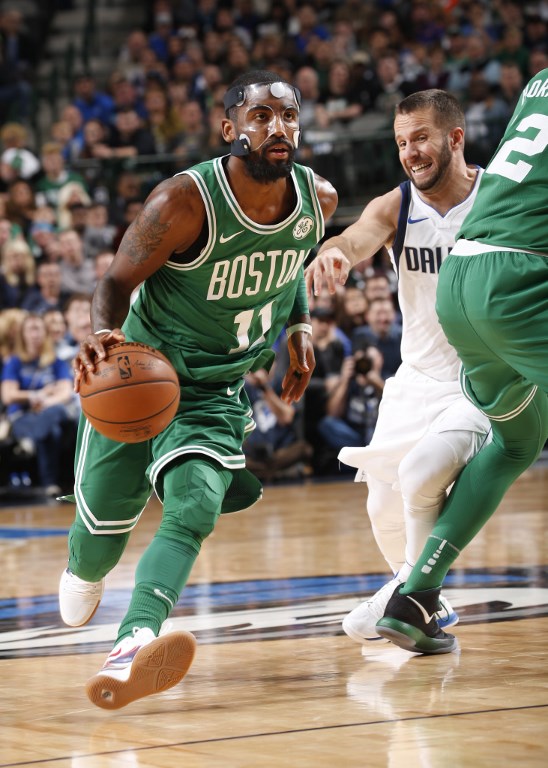By Floro Mercene
There are many varieties of crab, and most have protective shells. Hermit crab has no shell of its own, but uses the discarded shells of other sea creatures.
This strange crustacean chooses its second-hand home carefully, picking a shell which is a good fit, changing home from time to time when the shell becomes too cramped. Some hermit crabs have been known to inhabit even discarded human garbage.
Hermit crab’s body fits snugly into the shape of the shell. Only two pairs of claws are used for walking, the others grip the shell, and its huge right-hand claw is used as a door when it retreats inside its shell.
Hermit crabs have an amazing relationship with sea anemones. They share an unusual and intimate underwater relationship. Young hermit crabs will often pick up a young sea anemone to attach to their shell and they become partners for life. They even grow at roughly the same rate. When the hermit crabs outgrow their shell, they often take the sea anemone with them to the new one.
Hermit crab gains protection from predators by its relationship with the sea anemone. Sea anemone spreads out long stinging threads over the hermit crab like a bright pink curtain. Anemone also extends its stinging tentacles out as additional protection. Hermit crab is less likely to be eaten by a larger predator fish if he has an anemone onboard.
Since sea anemone eats just about anything in the sea, it gets to eat whatever tidbits the hermit crab leaves behind.
It is a steady food supply for the sea anemone. An added benefit of hitching a ride on a hermit crab’s shell is getting exposed to a much larger area to forage for food.

